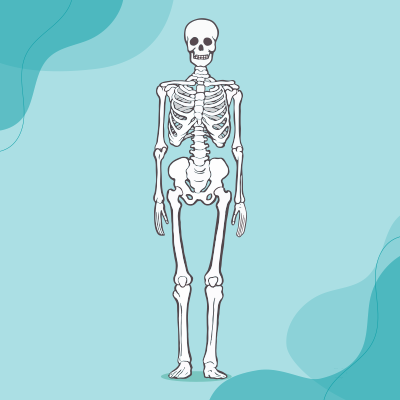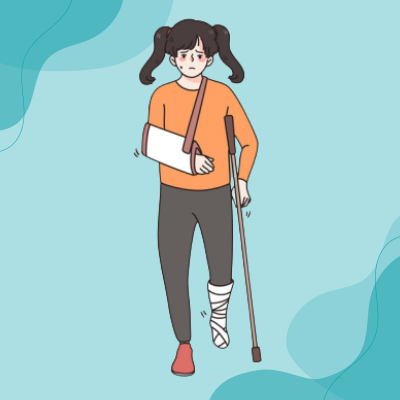Skeletal System
The core framework of your body is the skeletal system.
Bones and connective tissue, such as cartilage, tendons, and ligaments, make up the structure. The musculoskeletal system is another name for it.
What is the function of the skeletal system?
- Allows movement: Your skeleton helps you stand and move by supporting your body weight.
- Bone marrow is a type of marrow that produces blood cells. The bone marrow is where red and white blood cells are made.
- Mineral storage: Bones store minerals such as calcium and vitamin D for your body.
Important parts of your Skeletal system you should know about – The terms you hear every orthopaedic use
Cartilage is a smooth, flexible tissue that covers the points where your bones meet. It allows bones to move freely without causing friction (rubbing against each other). It can be uncomfortable and create movement issues when cartilage goes away, as it does in arthritis.
Joint: A joint is a point where two or more bones in the body meet.
Ligaments are strong bands of connective tissue that hold bones together.
Tendons are tissue bands that link the ends of bones.


Splinting and Casting Procedures
Splints and casts are orthopaedic devices that are used to preserve and support shattered or injured bones and joints. They help keep the bone in place until it heals completely by immobilising the injured limb. Casts are often made of fibreglass or plaster. Splints, also called half-casts, provide less support than casts.
When a bone is broken, moulds and slings are used to treat it. They’re also beneficial following orthopaedic surgery. Because the injured area is swollen, splints are sometimes used soon after an accident. After the swelling has decreased, a full cast can be applied to the injured limb.
It may be required to change the cast if the wounded area gets less swollen and the cast loosens during the healing process.
Splints and casts are commonly used on patients for the following reasons:
- Fractures that are simple or steady
- Tendon injuries sprains
- Soft-tissue injuries are another common ailment.


